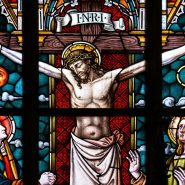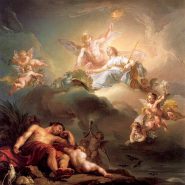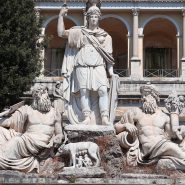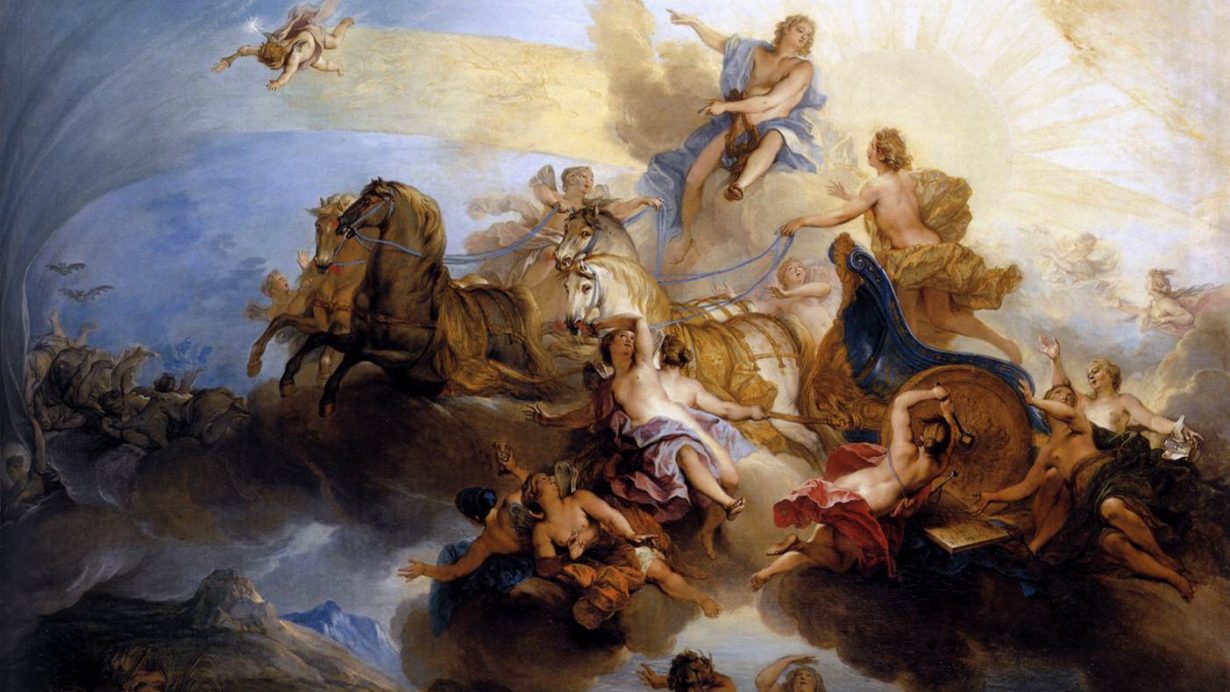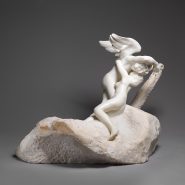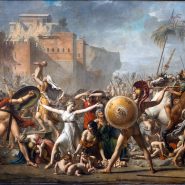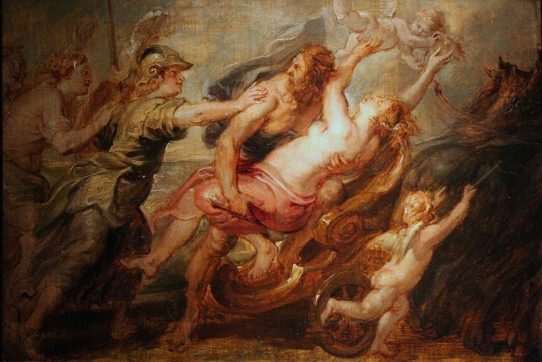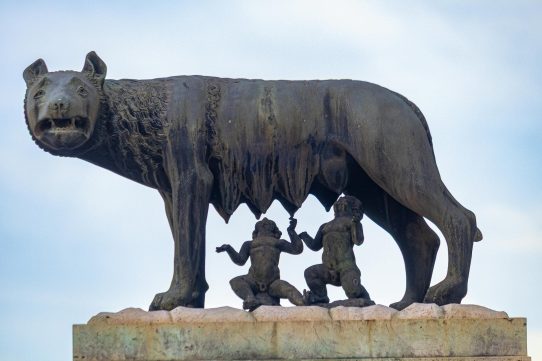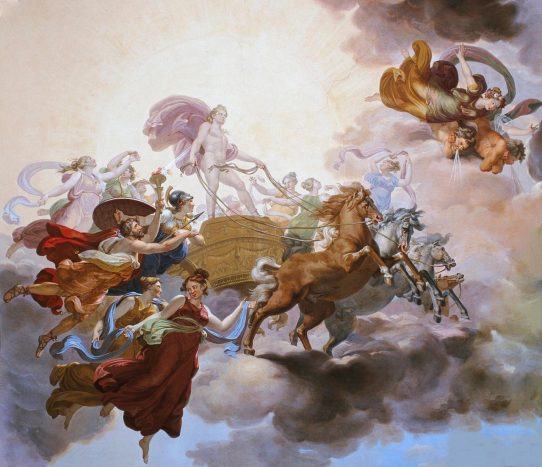Overview
The story of Phaethon is one of the most striking moral fables in Roman mythology. It is the tale of a youth who sought to prove his divine heritage by attempting the impossible — to drive the chariot of the Sun. His pride led him to disaster, but from his fall came lessons about ambition, restraint, and the balance of cosmic order.
Told by Ovid in his Metamorphoses, the myth reflects the Roman conviction that courage ungoverned by wisdom brings ruin not only to the self but to the world itself.
Characters and Setting
Phaethon was born to Clymene, a mortal woman, and the god Sol, the divine charioteer who guided the sun across the heavens. The boy’s name means “shining,” a reflection of both his lineage and his fate. Though Clymene assured him of his divine parentage, Phaethon grew restless under the doubts of his peers. Mocked by other youths who claimed he was merely mortal, he set out on a long and perilous journey to the palace of the Sun to demand proof of his birthright.
The palace itself stood in the lands of the dawn, where day first touches the world. Its walls gleamed with ivory and gold; its roof shimmered with polished gems. There, upon his throne of flame, sat Sol, crowned with rays of light, commanding the fiery steeds that drew the sun’s chariot. Around him stood the Hours, the Seasons, and the personified signs of the zodiac — eternal witnesses to his daily course across the sky.
Phaethon’s Plea
When Phaethon entered the radiant hall, even the light of Sol dimmed in tenderness. The god rose, embraced his son, and declared before all that he was indeed his child. To silence any remaining doubt, Sol swore a solemn oath by the sacred River Styx — the most binding vow of the gods — that he would grant Phaethon any wish he desired. Without hesitation, the boy demanded the right to drive the chariot of the Sun for a single day.
At once Sol’s joy turned to dread. He pleaded with his son to choose another gift — anything but this. He described the fiery horses that none but he could control, the steep climb at dawn, the dizzying heights of noon, and the dangerous descent toward evening. Even Jupiter himself, Sol said, would not dare to take the reins. But the oath could not be revoked. Phaethon’s pride burned brighter than his reason, and he refused every warning. His father sighed, anointing him with ambrosia to shield him from the flames, and led him to the golden chariot.
The Chariot Rises
At the first glimmer of dawn, the Hours opened the gates of the East. The horses — Aethon, Pyrois, Eous, and Phlegon — stamped and snorted, their manes streaming fire. Phaethon grasped the reins, his heart trembling between exhilaration and fear. The world below waited for the first light, unaware of the danger to come.
At first, the chariot climbed steadily, and mortals rejoiced at the sunrise. But the horses soon sensed an uncertain hand. Without their master’s firm command, they veered from their path, rising too high and then plunging too low. The constellations scattered; the stars, unaccustomed to such heat, fled before them. The earth burned where the chariot drew too near. Rivers dried, forests flamed, and nations were scorched into desert. Even the Nile, terrified, hid its head in the sand, and the Ethiopians were said to have gained their dark complexion from the sun’s ungoverned blaze.
The Cry of the Earth
The earth herself cried out to Jupiter, king of the gods, begging deliverance. The balance of creation trembled. Mountains smoked; seas boiled. The world was on the edge of ruin. Jupiter, hearing the plea of the suffering earth, took up his thunderbolt and cast it through the sky. The bolt struck the chariot, shattering it into fragments of flame. The horses broke free and scattered into the void. Phaethon fell, his hair ablaze, a comet of grief streaking toward the river Eridanus, where the waters quenched his fire but not his story.
The Mourning of the Heliades
On the banks of the Eridanus, Phaethon’s sisters, the Heliades, found his lifeless body. Their cries echoed through the groves until even the gods were moved to pity. For many days they stood beside the river, their tears falling upon the ground until they took root. Their feet stiffened into bark, their arms spread into branches, and their hair became leaves. Transformed into poplar trees, they continued to mourn, their tears hardening into drops of amber carried by the current to distant shores.
Cycnus, Phaethon’s mortal friend and king of Liguria, wept unceasingly for his companion. The gods, moved by his sorrow, turned him into a swan. Yet even in transformation his grief endured — he shunned the heights of heaven and kept to the cool rivers, forever wary of the sun that had destroyed his friend. Thus, even in their metamorphosis, the mourners preserved the memory of reckless youth and divine consequence.
The Grief of Sol
Meanwhile, Sol hid his face in mourning. The world lay in twilight as he refused to take up the reins. The gods and mortals alike pleaded for the return of light. At last, Jupiter persuaded him to resume his duty, reminding him that the balance of the cosmos depends on the constancy of divine order. Sol returned to his chariot, but the memory of his son’s fall remained a shadow upon the dawn. Ever after, when the sun burns fiercely at midday, the ancients said it was Sol’s grief, rekindled by memory, shining most brightly over the earth.
Symbolism and Interpretation
The story of Phaethon is more than a tale of punishment. It is an allegory of ungoverned ambition, a parable for youth, pride, and the peril of ignoring wise counsel. The chariot of the Sun represents power and responsibility; its reins, the restraint that guides both gods and men. Phaethon’s fall teaches that noble lineage does not exempt one from discipline — that even divine favor must be matched by understanding. His sisters’ transformation shows that grief, too, has a creative power, giving birth to beauty even in tragedy.
Philosophers in the Roman world often cited the myth as an image of cosmic order. Stoic thinkers saw in it the struggle between reason and passion: when the passions seize the reins, chaos follows. For poets, it symbolized artistic daring — the attempt to reach the divine light and the danger of overreaching human limits. In art, the flaming chariot became a warning as vivid as it was beautiful, a reminder that aspiration without wisdom consumes rather than illuminates.
Cultural Legacy
The myth of Phaethon inspired countless works of art and literature throughout history. Ovid’s narrative remained the principal source, but the image of the youth who reached too high echoed far beyond Rome. Renaissance painters such as Tintoretto and Rubens depicted his fall in grand celestial landscapes, while poets of later centuries, including Milton and Goethe, reimagined his descent as a symbol of human daring and divine restraint. Even in modern literature, Phaethon’s name continues to signify reckless ambition — the bright spark that burns out before its time.
To the ancients, Phaethon’s death was not mere destruction but restoration. The thunderbolt that struck him down was an act of mercy that preserved creation. The myth thus ends not in despair but in balance. The sun rises again; order returns; and the memory of the fallen youth becomes part of the eternal rhythm between light and shadow.
Based on classical sources in the public domain, including Ovid’s Metamorphoses and translations available via Project Gutenberg and Wikisource.
